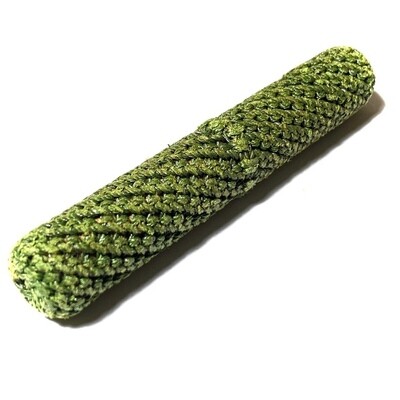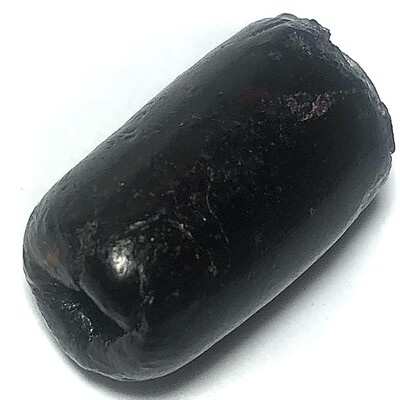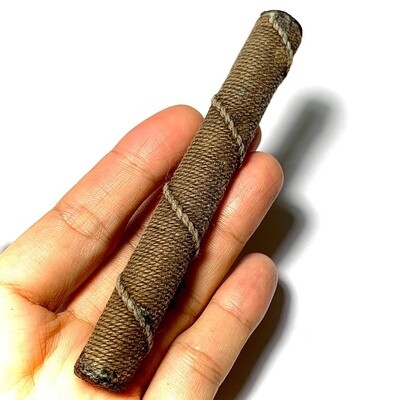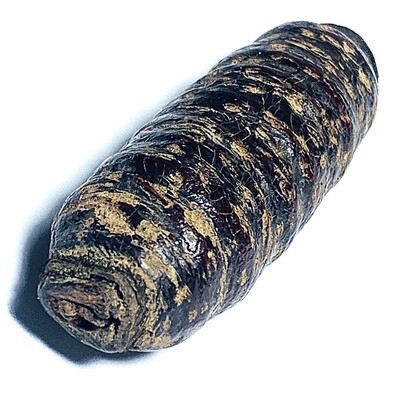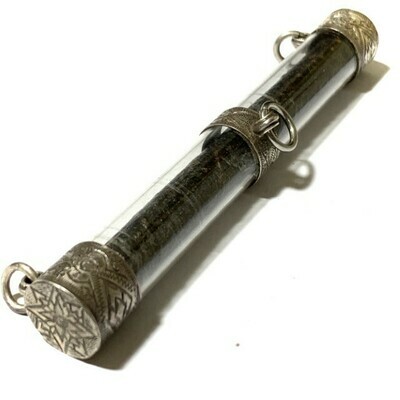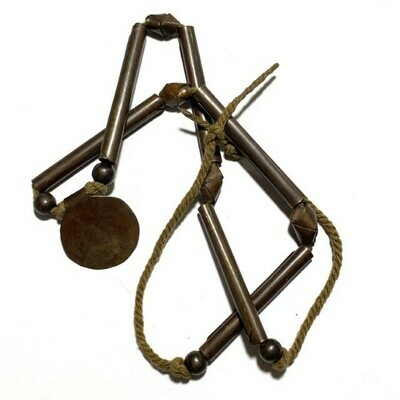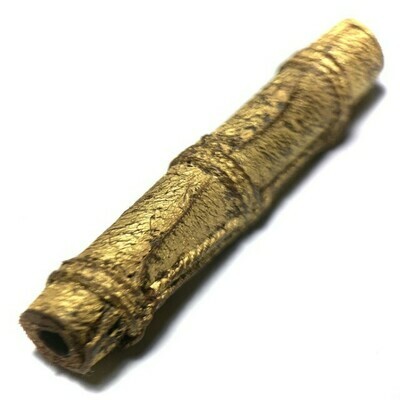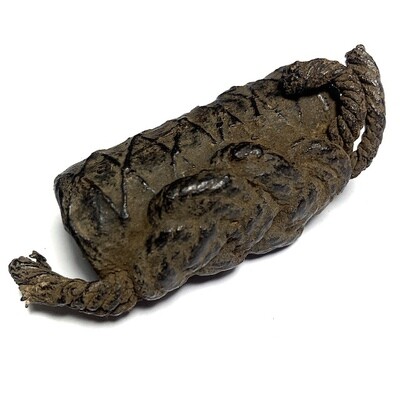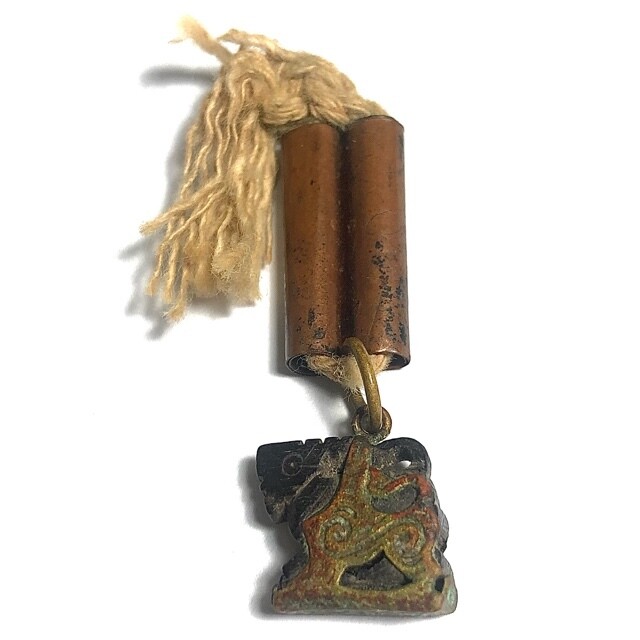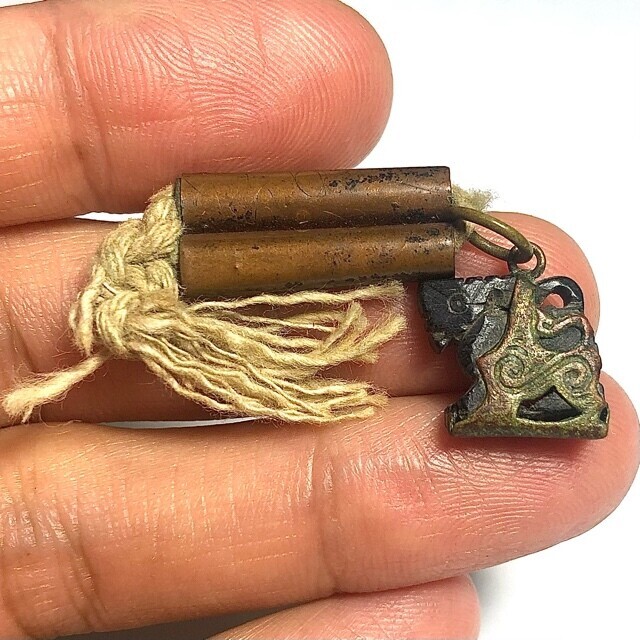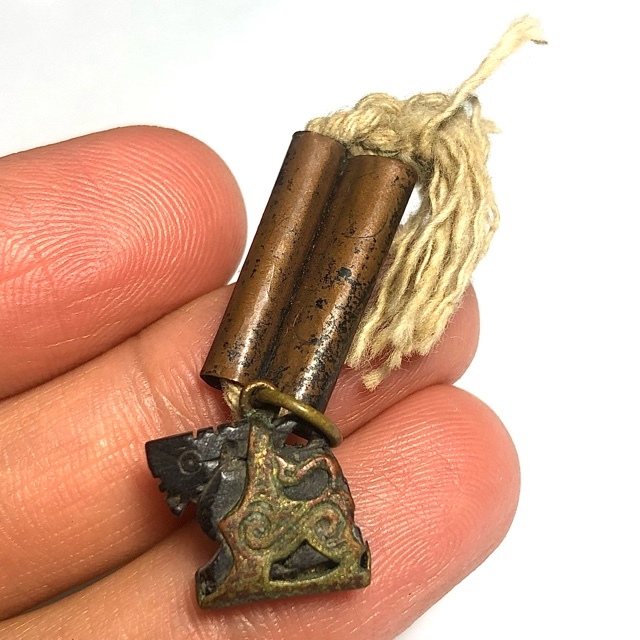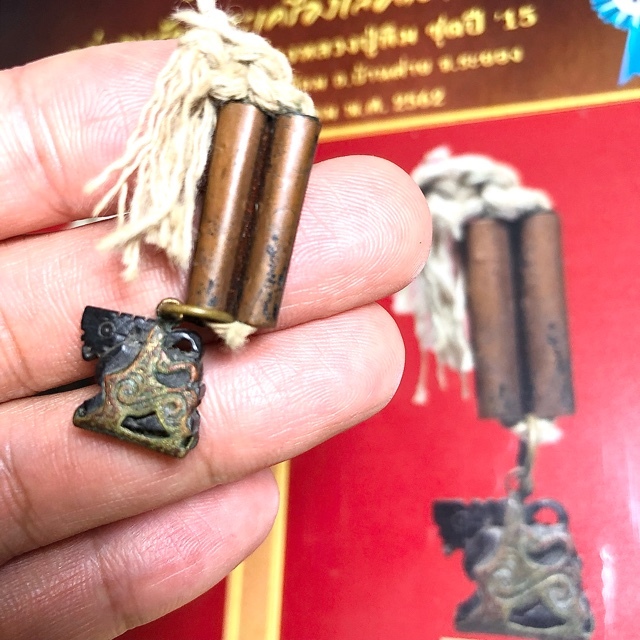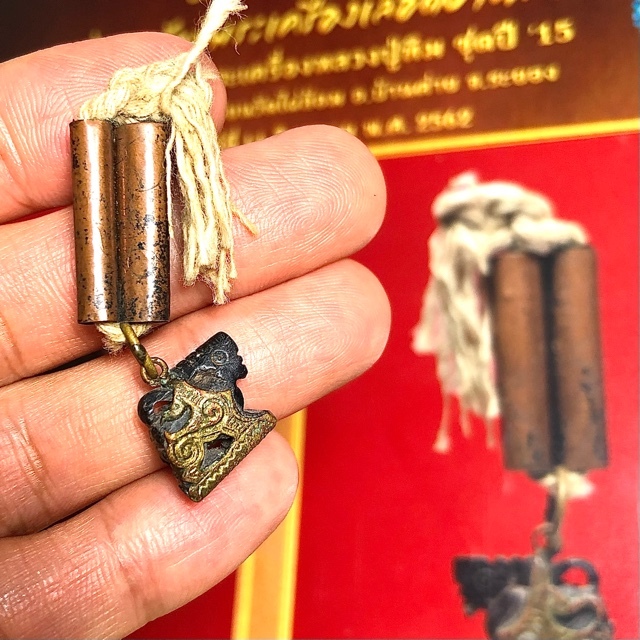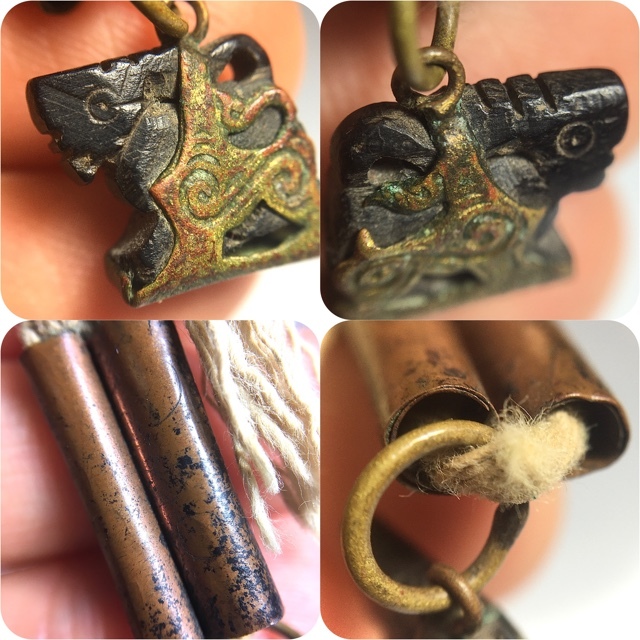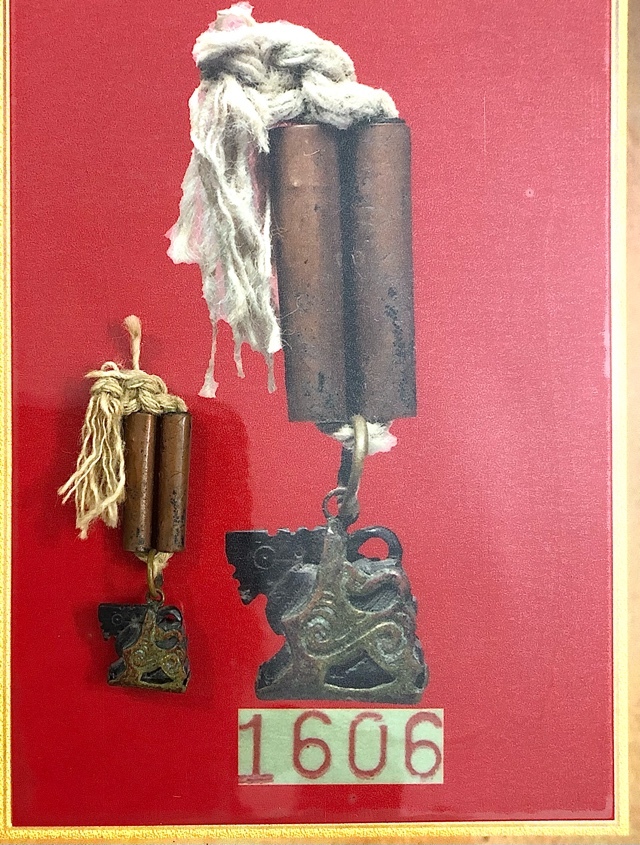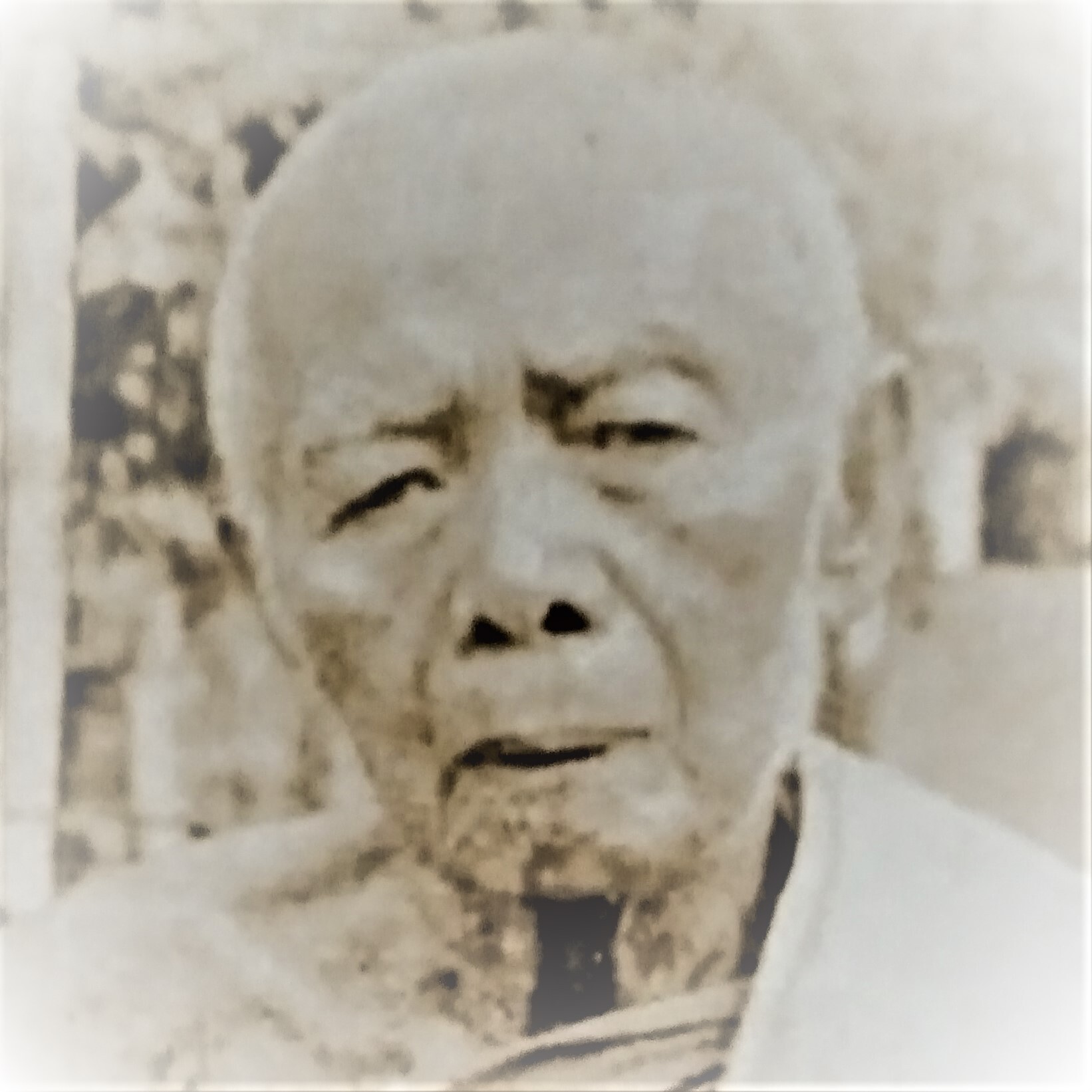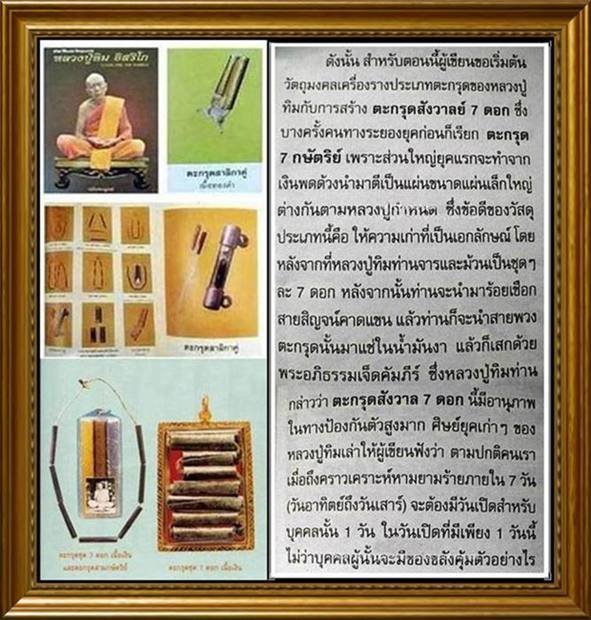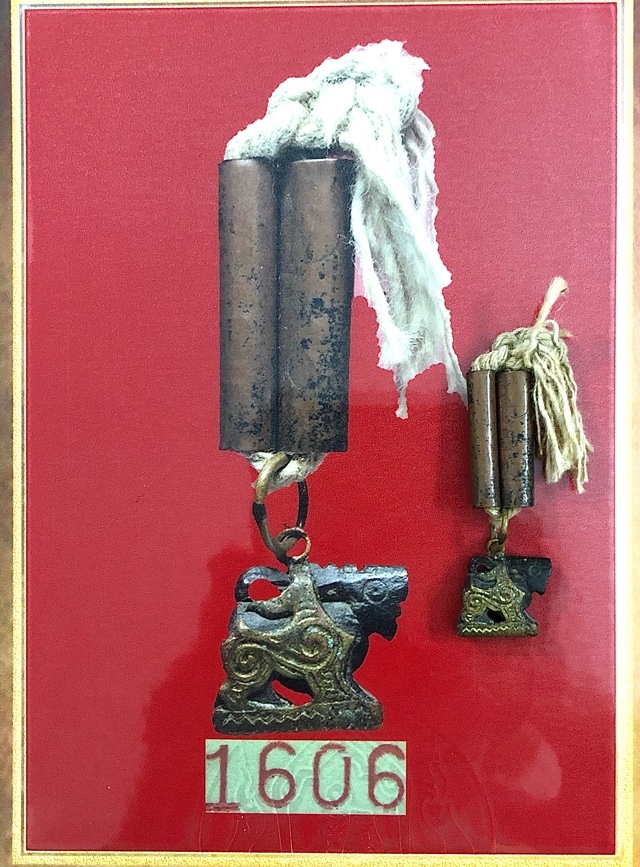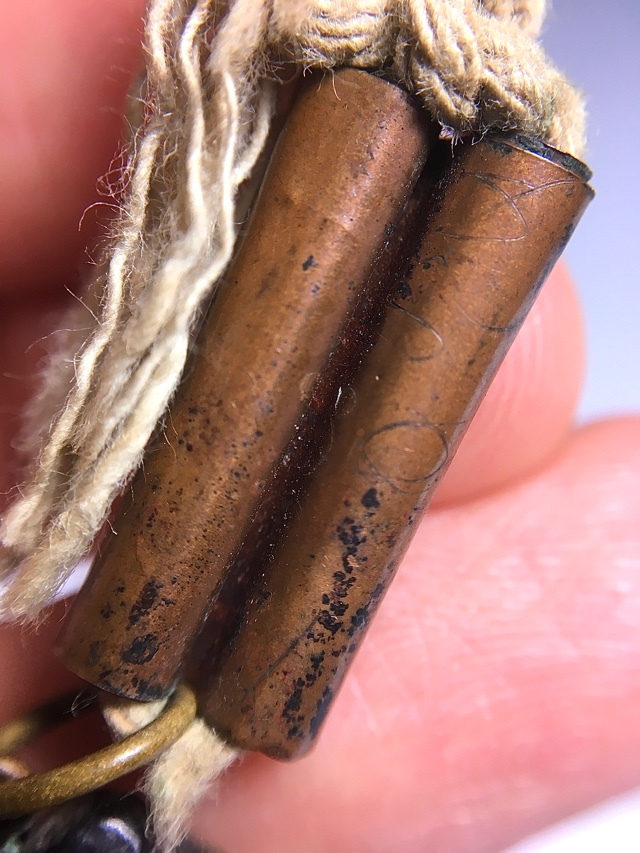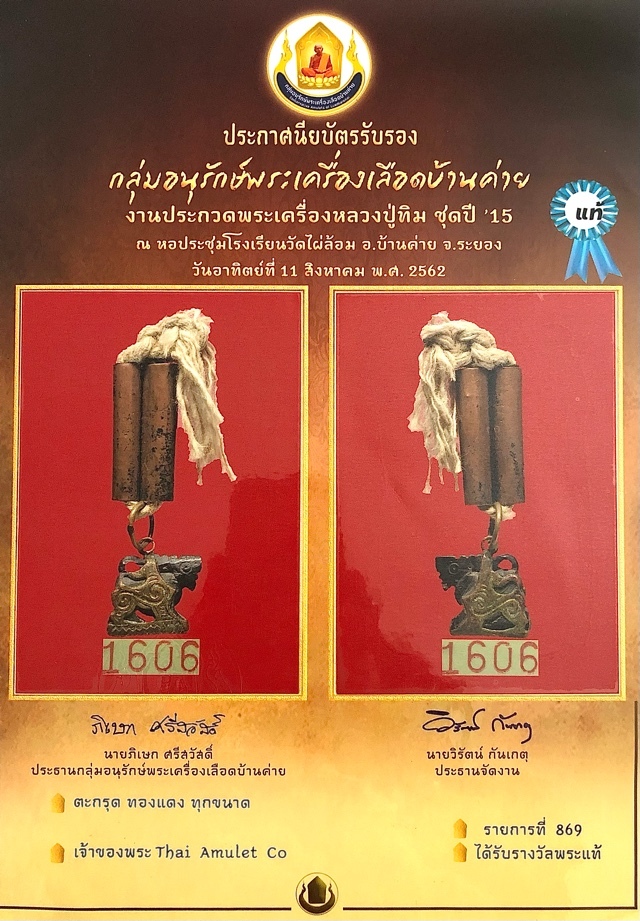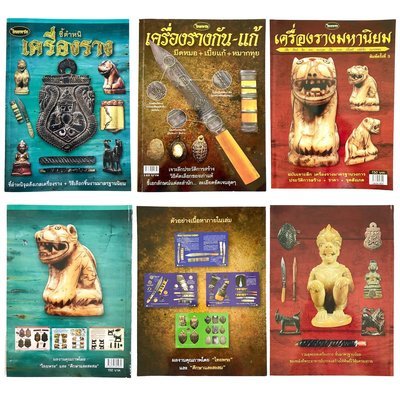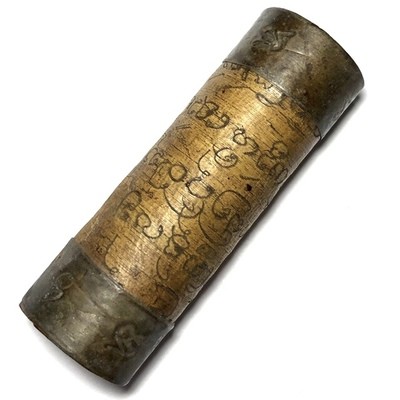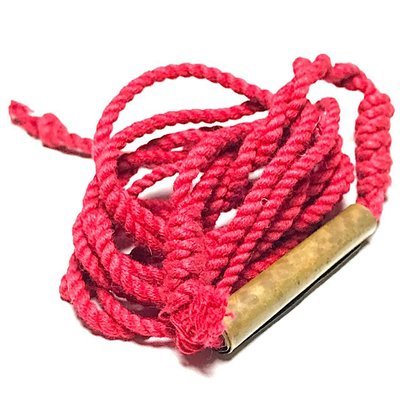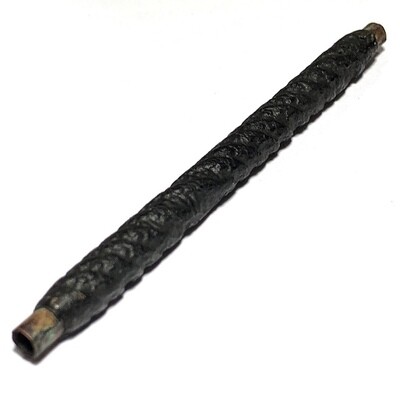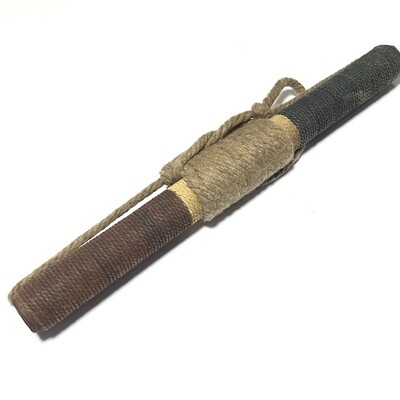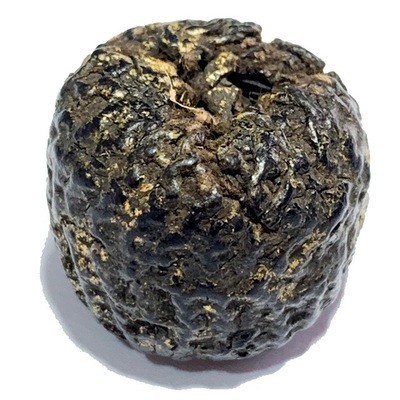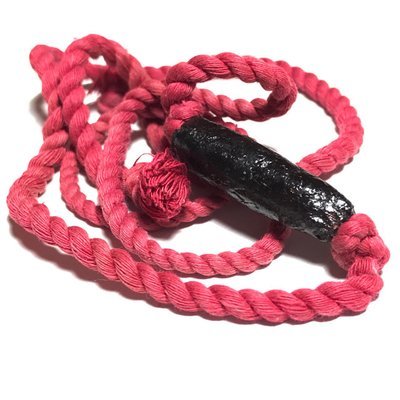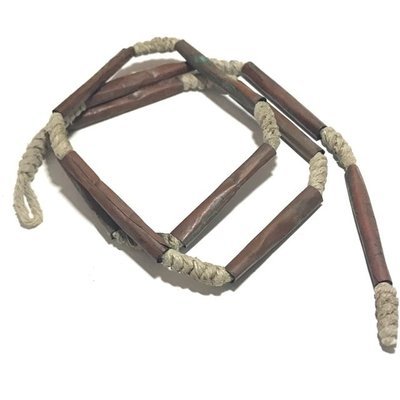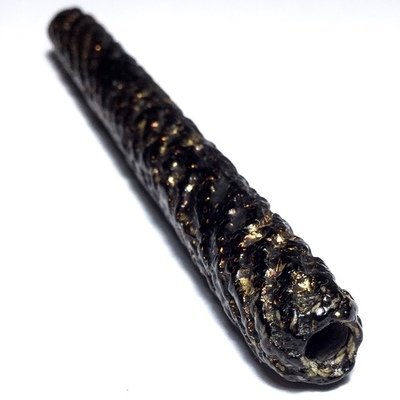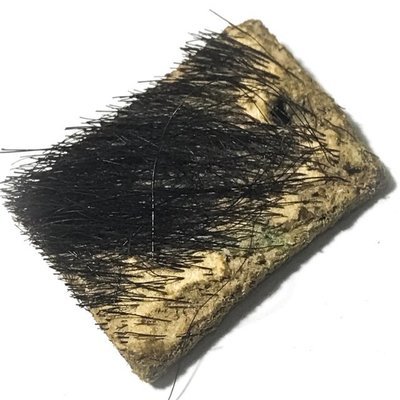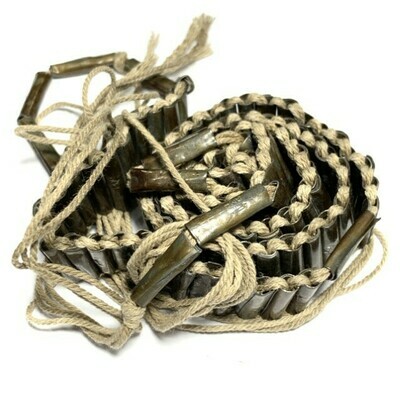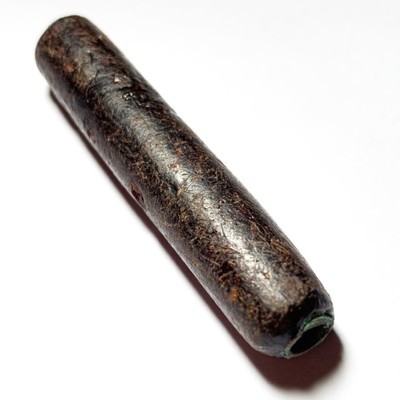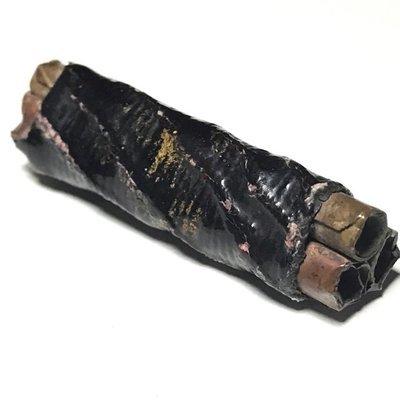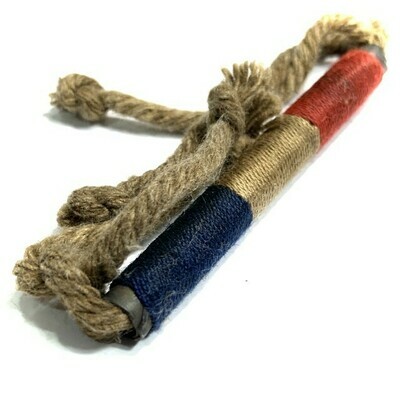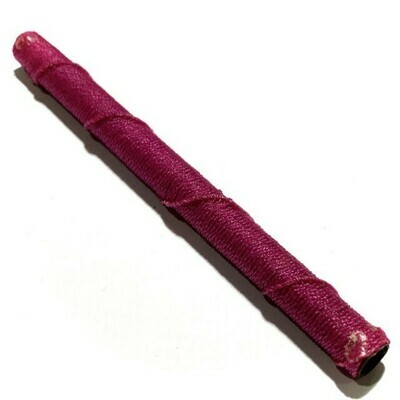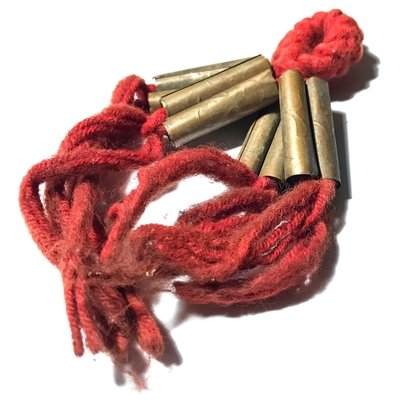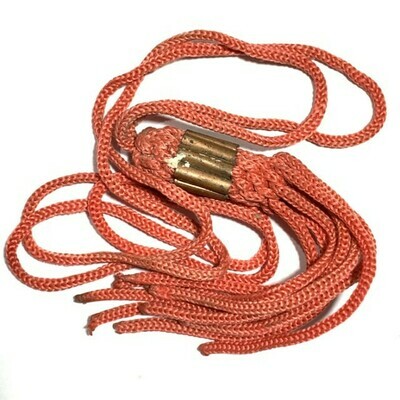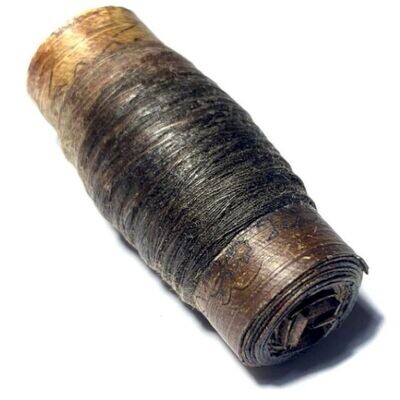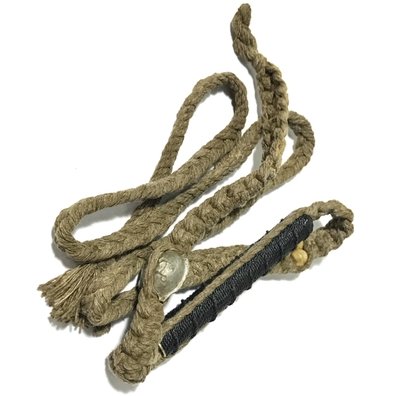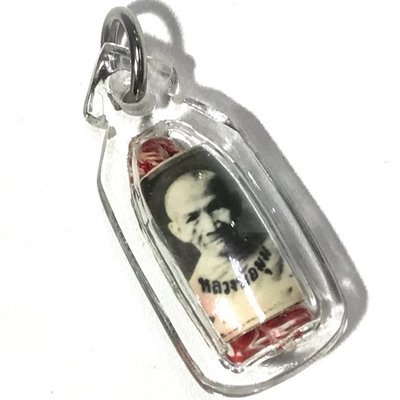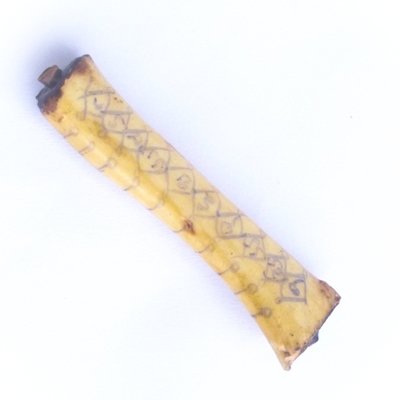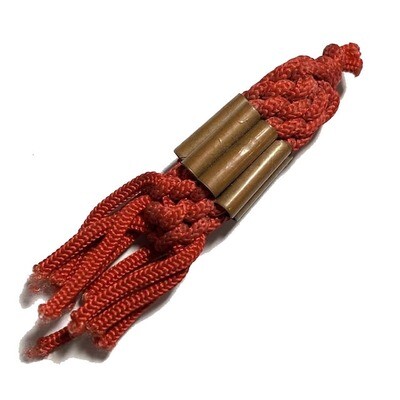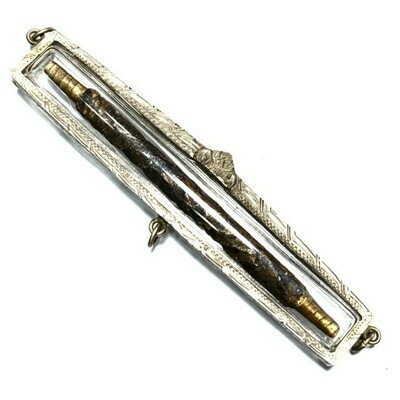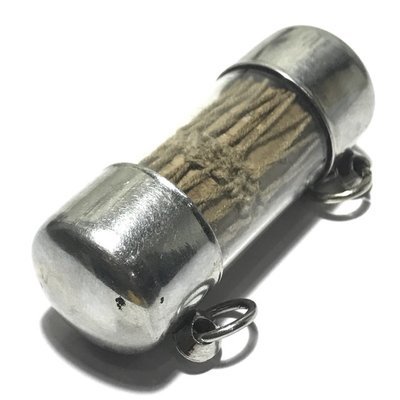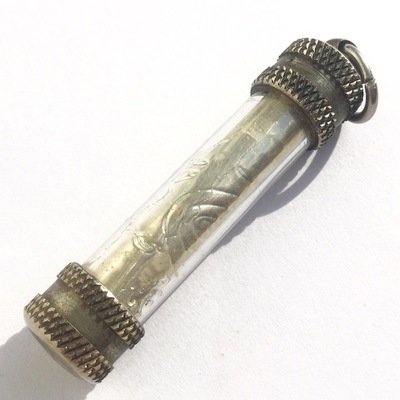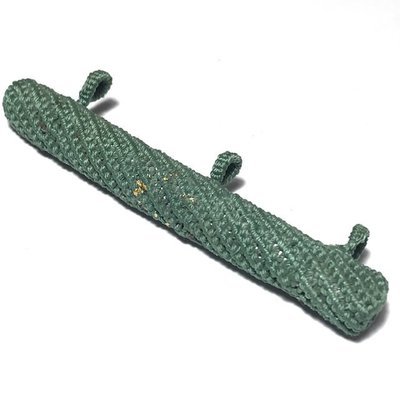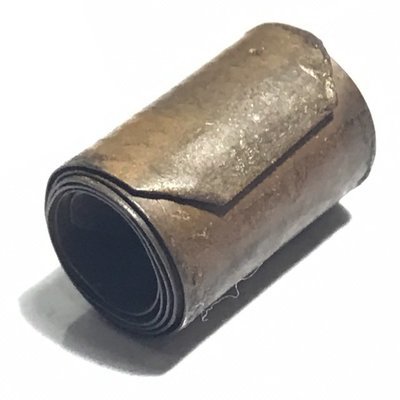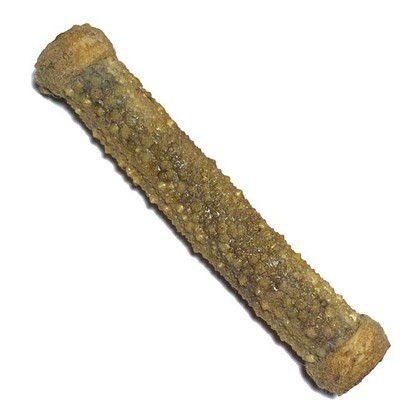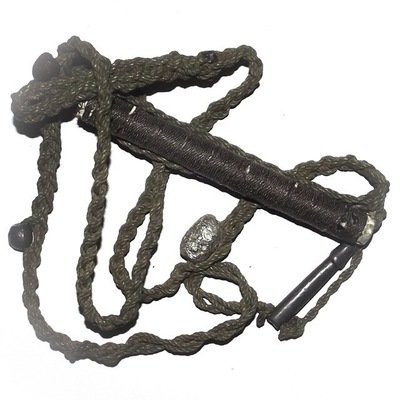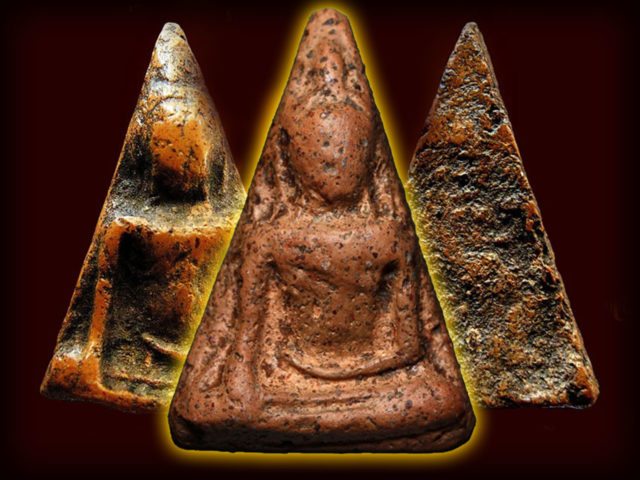
The Legend of Pra Nang Paya Amulet
Pra Nang Paya Benjapakee Amulet
Pra Nang Paya, or ‘Pra Pim Nang Paya, is an amulet from the Ayuttaya Period, which was artistically influenced in its design factors by the Artisans of the Sukhothai Periodic Style. As to the composition of the design of the Pra Nang Paya amulet, it can be said that it contains the work of the Sukhothai Artisan as its heritage, and is a Mark of Preservation of the Eight Periodic Buddhist Art styles found in Thai Sacred Arts and Amulets.
The Pra Nang Paya amulet was first discovered within the Chedi Stupa at Wat Nang Paya in Pitsanuloke, in the year 2444 BE, as King Julalongkorn Rama 5 was visiting Pitsanuloke, to be present for the casting of the Chinarat Replica Buddha at Wat Pra Sri Radtana Sasadaram. The King was invited to come and receive a large number of them as gifts (the best selected), and his Majesty then distributed them to the Government Officials and other Courtiers and Devotees. The remaining amulets, he took back to Bangkok. Apart from the ‘Serm Duang’ Horoscope Improving effects of this Purely Buddhist Amulet, the amulet is Famous for its Metta Mahaniyom, Klaew Klaad, Kong Grapan Chadtri, and Maha Lap powers.
The Pra Nang Paya Benjapakee amulet has 7 different Pim in total.
Pra Nang Paya Pim Khao Koeng.
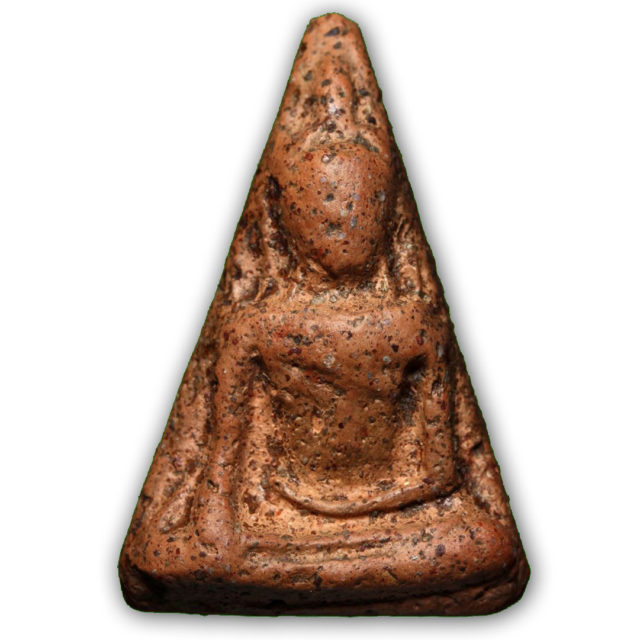
Pra Nang Paya Pitsanuloke Pim Khao Koeng Benjapakee Hiding Place Amulet
Pra Nang Paya Pim Khao Dtrong
(splits into two models; Khao Koeng Tammada, and Khao Koeng Mer Dtok Khaa).
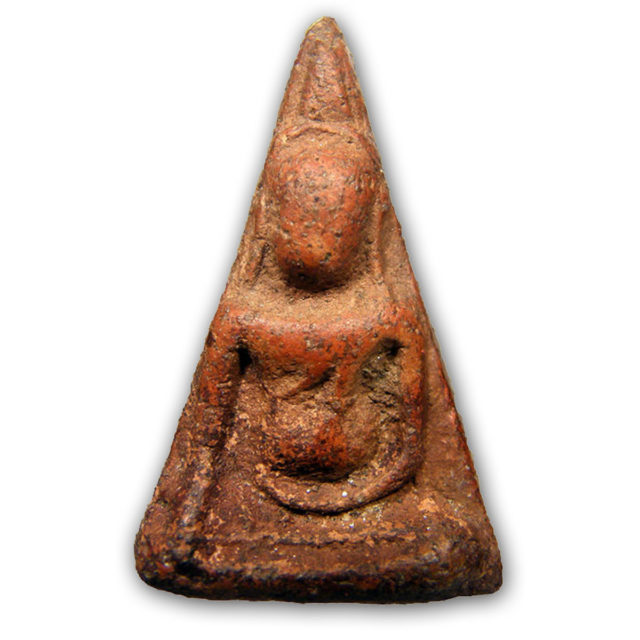
Pra Nang Paya Pitsanuloke Pim Khao Dtrong Benjapakee Amulet
Pra Nang Paya Pim Ok Noon Yai
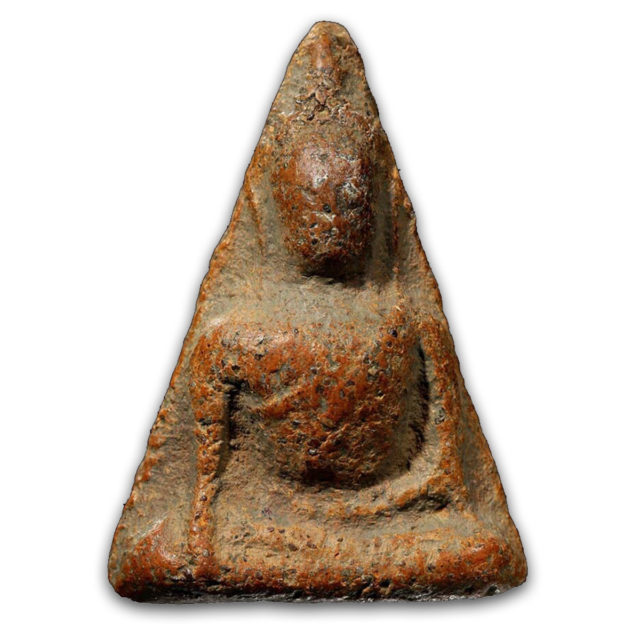
Pra Nang Paya Pim Ok Noon Yai Benjapakee Amulet – a Classic Pra Niyom Master Class Amulet
Pra Nang Paya Pim Ok Noon Lek.
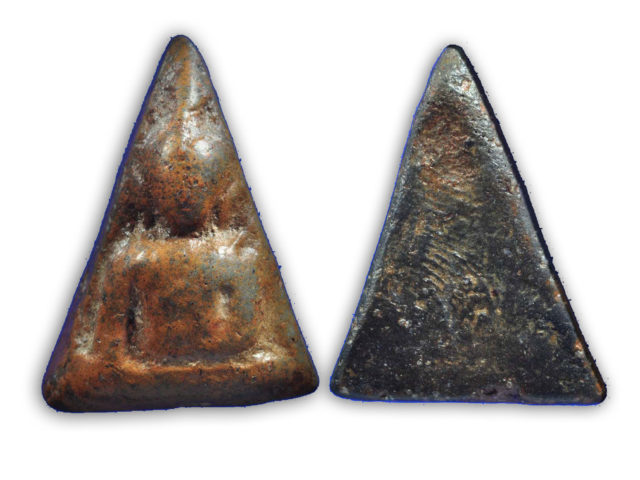
Pra Nang Paya Pitsanuloke Pim Ok Noon Lek Benjapakee Amulet of Historical Fame and Legend
Pra Nang Paya Pim Sangkati.
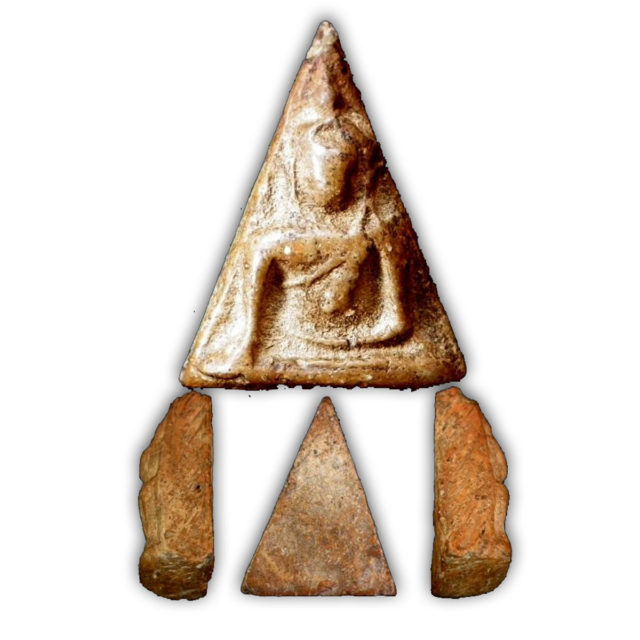
Pra Nang Paya Pitsanuloke Pim Sangkati Benjapakee Amulet – a very rare model to encounter from the seven Pim discovered in the Pitsanuloke Find
Pra Nang Paya Pim Ok Faeb also called ‘Pim Taewada’.
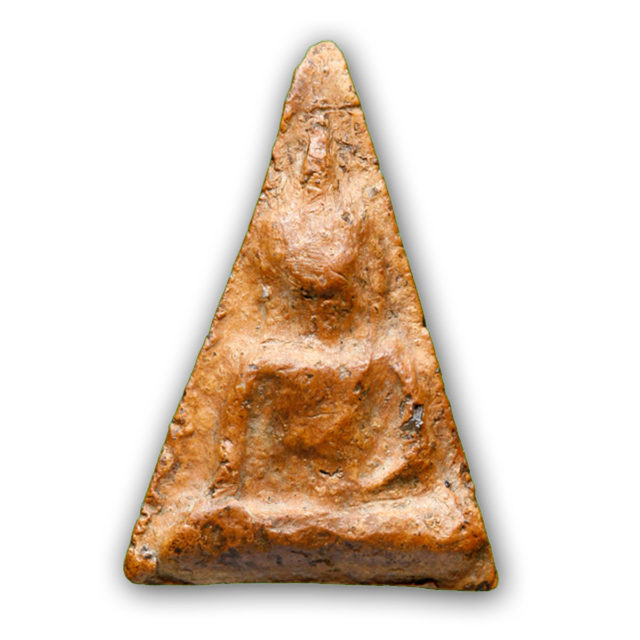
Pra Nang Paya Pim Tewada – a Classic Benjapakee Pra Niyom Master Class Amulet
Pra Nang Paya Pim Pised
(includes various amulets which do not fit in the above categories, such as the Khao Buang, or the Pim Yai Pised).
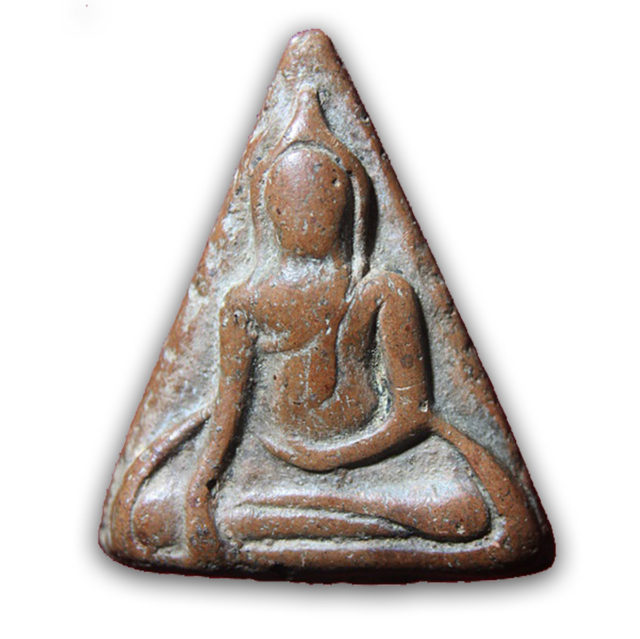
Pra Nang Paya Pim Pised Rare Special Model
Takrut Sariga Koo Nuea Tong Daeng Twin Celestial Magpies Spell Luang Phu Tim Wat Laharn Rai with Singh Sam Khwan LP Horm Wat Sak Hmak
Early era miniature size Twin Takrut Sariga (Koo), in Nuea Tong Daeng Sacred Copper, from the Great Luang Phu Tim of Wat Laharn Rai, at sometime attached to a miniature Singh Sam Khwan Mai Gae Sacred Wooden Singha Himapant Lion attached, from the Great Luang Por Horm of Wat Sak Hmak (Probably by a Devotee). LP Horm was a close accomplice of Luang Phu Tim which explains this combo set's composition.
The Takrut is an extremely difficult amulet to encounter in the present day, and highly renowned for its powerful Metta Mahaniyom Mercy Charm, Seductive Speech Influence, Power of Attraction and even Protective Magic
The Takrut Sariga Koo of LP Tim is an amulet of legendary proportions within the pantheon, which has gained immense fame for the fact that he how has faith in Luang Phu and wears the Takrut Sariga, is bound to experience success and advancement in wealth, professional status and increase happiness in life.
Above; Singh Sam Khwan Carved Sacred Wood Singha Himapant Lion Brass Frame Circa 2500 BE Luang Por Horm Wat Sak Hmak. The Sacred Singha Himapant Forest Lion, is carved from Nuea Mai Paya Ngiw Dam, and is empowered for Protection and Prosperity from the Great Olden Days Master Luang Por Horm of Wat Chak Hmak, top master of the mid 20th Century (2433 - 2520 BE)..
LP Horm was one of the top Masters of the province,and indeed the whole country. Other great masters of his time considered his peers included Luang Phu Sukh of Wat Pak Klong Makham Tao, Por Tan Klai of Wat Suan Khan, Luang Por Ee of Wat Sattaheeb Luang Por Wat Pak Nam, the Great Kroo Ba Srivichai, Luang Por Him, Luang Por Thin, Lueang Por Te of Wat Sam Ngam, Pra Ajarn Fan, Luang Por Opasi, and Kroo Ba Indto
Amongst all of these Masters, Luang Por Horm was given the comparison to the be like the white elephant of Siam, and who was a monk whose temple was very small on the shores of the eastern coast of the gulf of Central Thailand, for his powers and attainments gained him great fame amongst his devotees and respect from his peers in the Sangha.
Luang Por Horm was invited by the Sangha to almost every important Buddha Abhiseka blessing ceremony and religious ceremony, around the country, for his great abilities, and was seen present in some of the most sacred and important blessing ceremonies in Thai History. He would only be absent when ill, or had other duties to perform on the same date, otherwise would always conced to travel and assist in empowerment rituals. His presence was always asked for because the devotees in Thailand believe very strongly in the Abijna powers of LP Horm, and so any edition blessed by him in solo or in unison is highly revered by the devotee for its powerful Buddha Magic.
Luang Phu Tim
The legend of LP Tim's Power, has come from the vast number of devotees who almost all say that since they owned an amulet of Luang Phu Tim, their lives changed for the better in rapid fashion, and then continued to improve on a constant basis.
The historical documentation of the Takrut Sariga of Luang Phu Tim records that the archbishop of Rayong invited four of the Greatest Monks of the Province, to make Takrut Sariga, each according to their own personal methods, which were all then placed together into a monks alms-bowl filled with prayer water, and each of the four monks then sat in meditation one by one, and empowered them with their psychic powers, and bestow their blessings continuously until the Takrut floated up from the bottom, to the surface of the holy water within the alms-bowl of their own miraculous accord.
The first two Masters who sat to perform empowerment, were not able to make the Takrut rise up and float miraculously. The third Master who sat to empower was Luang Por Horm, of Wat Sak Hmak, who sat for an incredibly long time trying to make the Takrut float in the air, but was also unable to make the Takrut float so fluently like LP Tim.
The archbishop saw that there was still no success with his mission to empower with miraculous events, and called the fourth and final Master to come and attempt the feat. This fourth Master was of course, Luang Phu Tim Issarigo, of Wat Laharn Rai. Luang Phu came and sat before the almsbowl and entered into meditation....
Within only a few minutes of Luang Phu Tim sitting in meditation, the holy prayer water in the almsbowl began to form into a whirlpool, and the one of the Takrut began to float up towards the surface of the holy water within the almsbowl. Luang Por Horm was watching, but was not yet convinced that Luang Phu Tim had succeeded. And so, he asked Luang Phu Tim to continue, and see if he could make the Takrut race around the circular edge of the alms-bowl on the surface of the water, and said that if he managed it, he would offer his reverence to Luang Phu Tim.
Luang Phu Tim then stared at the Takrut which floated on the surface, and immediately, the Takrut began to revolve rapidly around the circular edge of the alms-bowl. All of those present including the other three Masters were astonished to witness this miraculous event, and the rumours of the event spread rapidly throughout the land.
It was from this point onwards the the name of Luang Phu Tim began to gain National Fame, and overtake the popularity of the other Masters of Chonburi and Rayong who were previously much more famous and preferred, such as Luang Por Horm of Wat Sak Hmak, or Luang Por Chern. This was the first event which brought Luang Phu Tim's inimitable powers to public knowledge and paved the way for his great trajectory to become one of the greatest Masters in all recorded history of Thai Amulets.
When Luang Phu Tim would make Takrut Sariga, he would always seek out and choose the most appropriate astrological alignments for the day of empowerment, which always had to be on a Monday. He would prepare mostly copper Yantra Foils and sometimes Brass, Silver, Aluminium, Lead or even Gold foils, and cut them into tiny pieces, and then inscribe them and empower them only on Mondays.
He would enter Meditation and begin to chant the Ongarn Kroo Master Spell in its full compendium of Incantations, until he could hear the sound of Sariga Birds on the Astral Plane, where the dimension of the Himapant Forest lies, which is the land of the Sariga Bird and other denizens, such as the Rachasri, Hongsa and other animal Deities.
When he would become able to hear the sound of the Sariga Birds he would begin the inscription of the Yant Sariga. He would only be able to make a limited number of Takrut in the space of one day, not more than 100 per session, because the Wicha demands that the Takrut must be completed before mid-day, otherwise the power will not remain within them. So he would always stop to make them when mid-day approached.
The Takrut Sariga of Luang Phu Tim is famed for its powerful Metta Maha Niyom Maha Sanaeh Maha Hlong magic to seduce, enchant, and induce helpfulness in the hearts of others.
Wicha Sariga
The Nok Sariga (or, ‘Salika’) is a Golden Tongued Heavenly Bird which is attributed with immense Metta Mahaniyom and Maha Sanaeh qualities, and is along with the Hongsa, one of the Best Devas to seek assistance in ‘Jerajaa’ Magic (convincing speech).
Jerajaa means ‘Discussion’. The Golden Tongued Sariga bird enchants and charms the listeners of he who possesses the Wicha, bringing a hypnotic and charming effect, to influence and convince, making people see things your way. Good Business is to be expected with the Sariga.
Magpies are known for their tendency to pick up shiny glittering objects, such as jewelry, and whisk them away to their nests, ad hoard them. This is no different when it comes to the tendencies of the Celestial Magpie, who is indeed just as attracted to treasures as any Magpie. The Wicha Sariga is a very popular type of magic with shopkeepers, and traveling salespersons.
